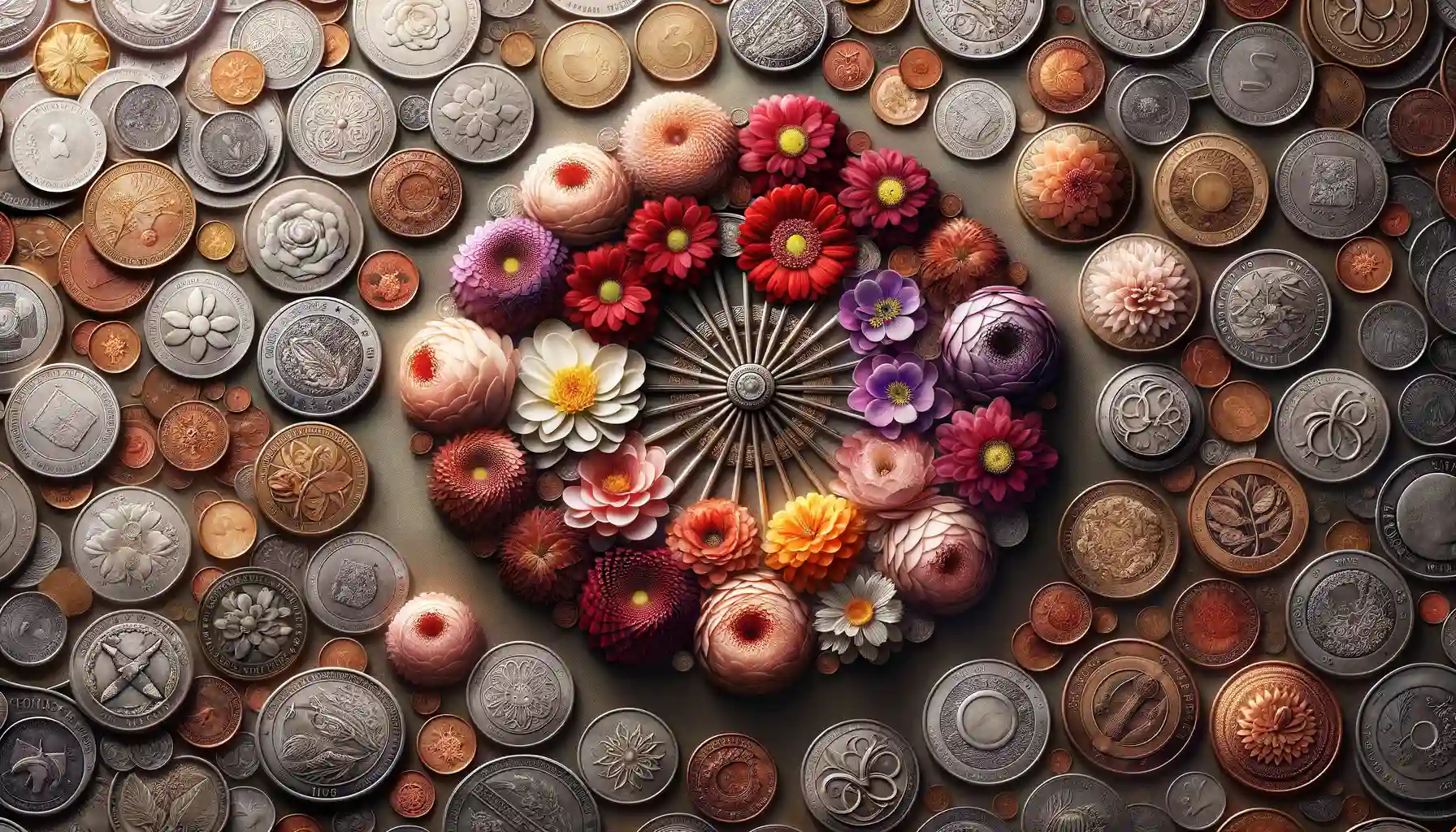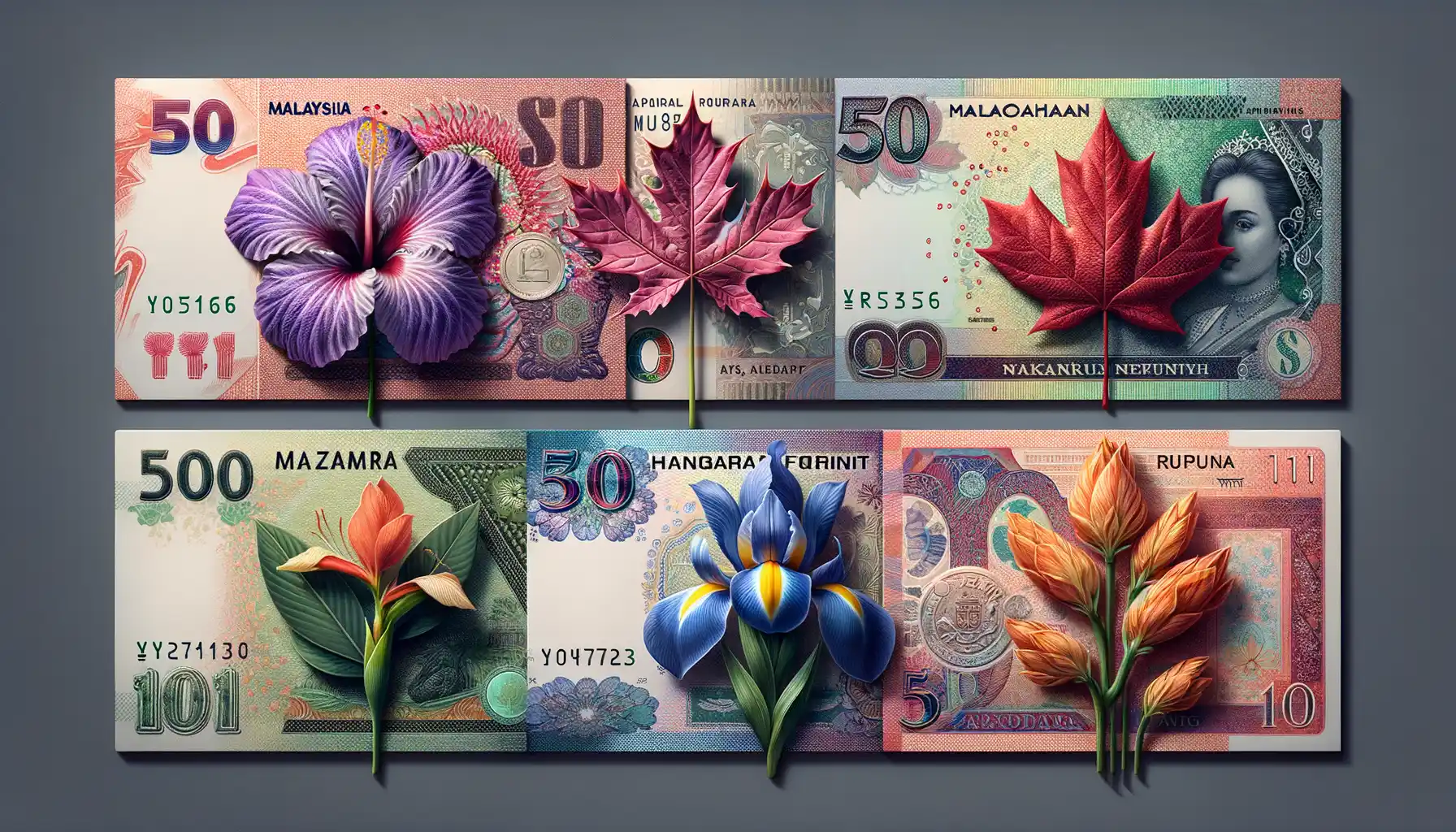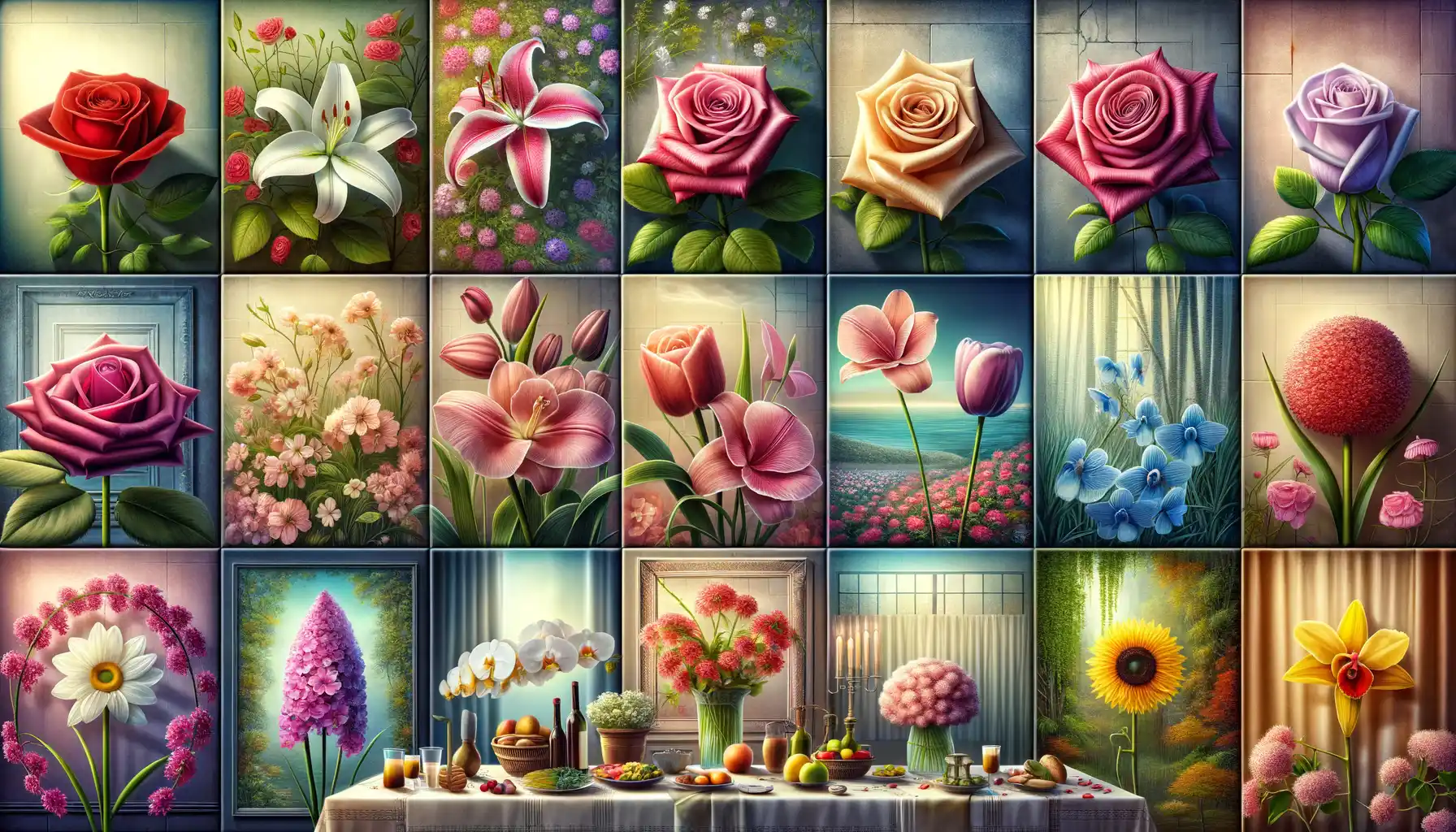Importance of Flowers in Art and Culture
Flowers have always been more than fleeting beauties—they are the vibrant storytellers of human emotion, tradition, and creativity. From ancient frescos to contemporary galleries, their petals whisper tales of love, loss, and renewal. But why do they hold such sway over our artistic and cultural expressions?
Floral Elegance: A Palette of Emotions
Consider the heartbreakingly delicate lilies painted by Claude Monet—did those blossoms not capture the fragility of light itself? Or Van Gogh’s irises, twisting and bold, like emotion trapped in chaos? Flowers challenge artists to render living color onto a static surface, symbolizing everything from innocence to fiery passion. Not to mention, they provide an infinity of shapes for sculptors and designers to reimagine endlessly.
Global Roots in Culture and Ritual
Beyond canvases and carvings, flowers thread their way into cultural rituals worldwide. Just think:
- The sacred lotus in Hinduism and Buddhism, representing spiritual enlightenment.
- Cherry blossoms, cherished in Japan, symbolizing the fleeting beauty of life.
- The iconic red rose—a global ambassador of love.
Wherever you look, floral imagery becomes shorthand for what words sometimes cannot express.
So next time you admire a painted daisy or a carved sunflower, remember this: their beauty is timeless because it reflects something universal in all of us.
Exploring Flora Depictions in Coin Designs
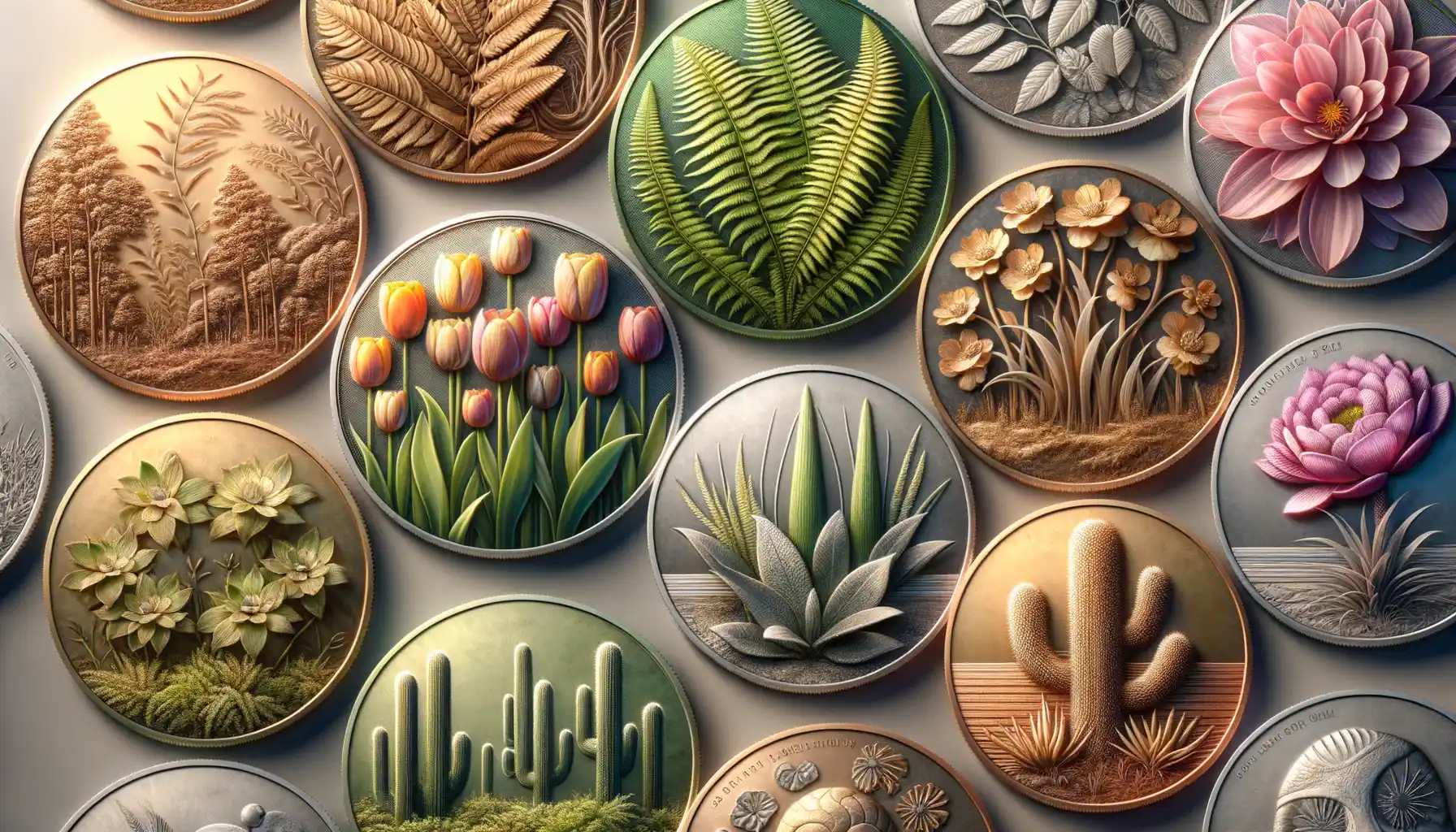
A Blossoming World Captured in Metal
The delicate beauty of flowers, immortalized on coins, tells a story far beyond the currency’s monetary value. It’s like holding a garden in your hand—wonder and artistry merging into one small, powerful object. Have you ever noticed how many nations choose their native blooms as numismatic ambassadors? It’s not just adornment; it’s a celebration of heritage and nature itself.
Take, for example, Japan’s 500 Yen coin, graced with the captivating image of the cherry blossom. This isn’t just a nod to aesthetics—it’s a tribute to renewal and fleeting beauty, core themes in Japanese culture. Or consider Canada’s $2 coin featuring the trillium flower, a symbol of diversity and resilience. These designs are much more than decoration—they’re visual poetry.
- Floral coins of Europe often feature lavender, wheat, or poppies, evoking serenity and agricultural traditions.
- In contrast, African coins frequently depict bold and exotic flora such as the baobab flower, reflecting rich biodiversity.
Every curve, petal, and line etched into these designs sparks curiosity and reverence. It’s as though nature herself whispers through the cold, metallic surface, reminding us of her timeless gift.
Symbolism of Flowers on Coins
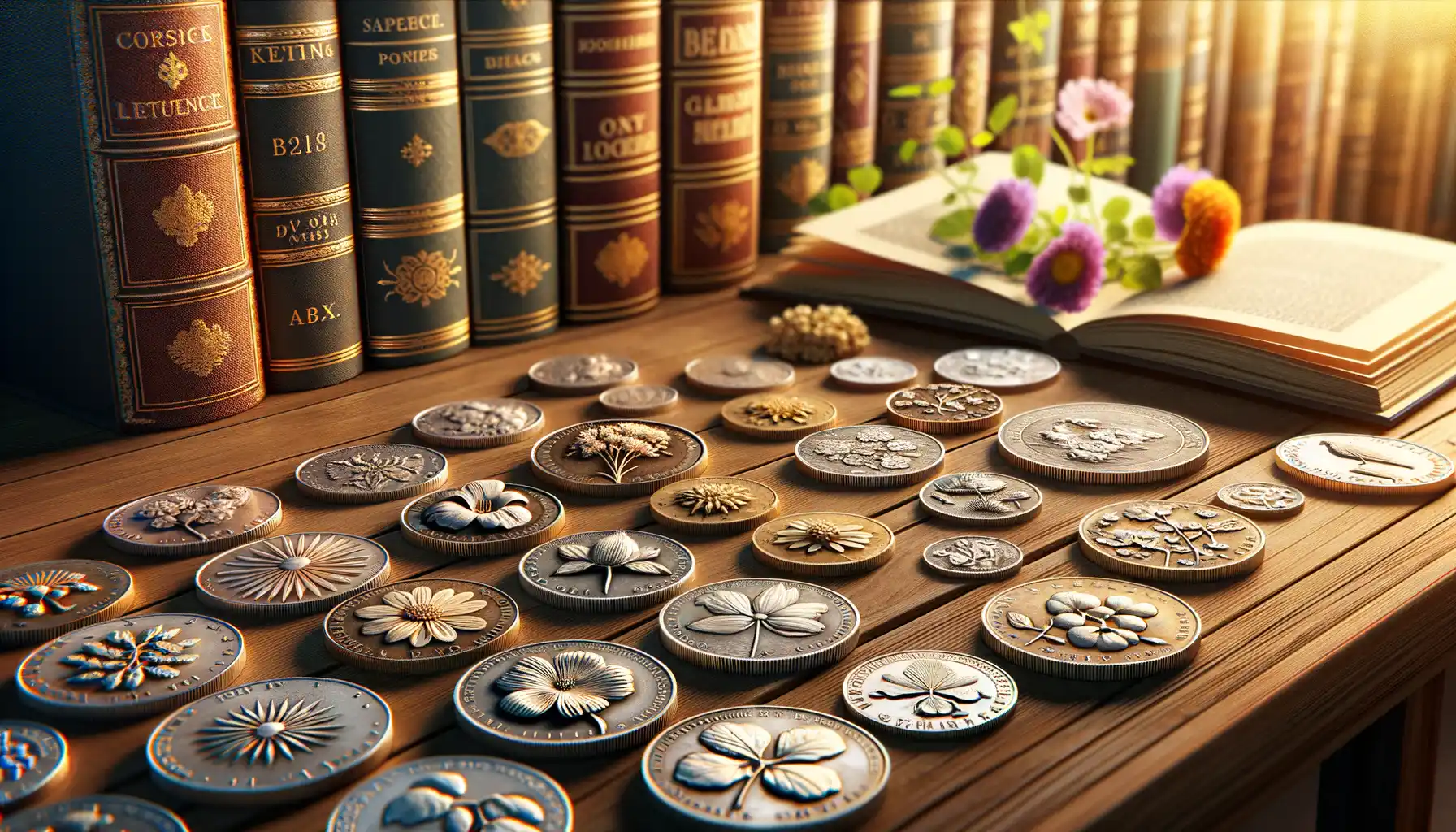
The Language of Flowers in Coin Art
Coins adorned with flowers carry more than just aesthetic beauty—they whisper stories, cultures, and values through their delicate designs. Did you know that the inclusion of floral motifs on coins often reflects profound meanings tied to national pride or universal sentiments?
Take, for instance, the intricate depiction of the cherry blossom on Japanese coins. It’s not just a nod to springtime; it’s a symbol of life’s fleeting but breathtaking beauty. Or consider the lotus flower, frequently found on the currency of India. This isn’t merely decorative—it’s an emblem of purity, spiritual awakening, and divine wisdom.
- The poppy can signal remembrance and sacrifice, as seen in coins commemorating wartime heroes.
- In contrast, the rose—often synonymous with love—is frequently featured in European numismatics to honor unity and strength.
These tiny, circular works of art act as time capsules. Through the simple stroke of a petal, they connect us to shared ideals, reminding us how nature often inspires humanity’s most heartfelt symbols. With each coin, it feels like holding a piece of poetry in your palm. Intriguing, isn’t it?
Historical Perspective on Flowers in Numismatics
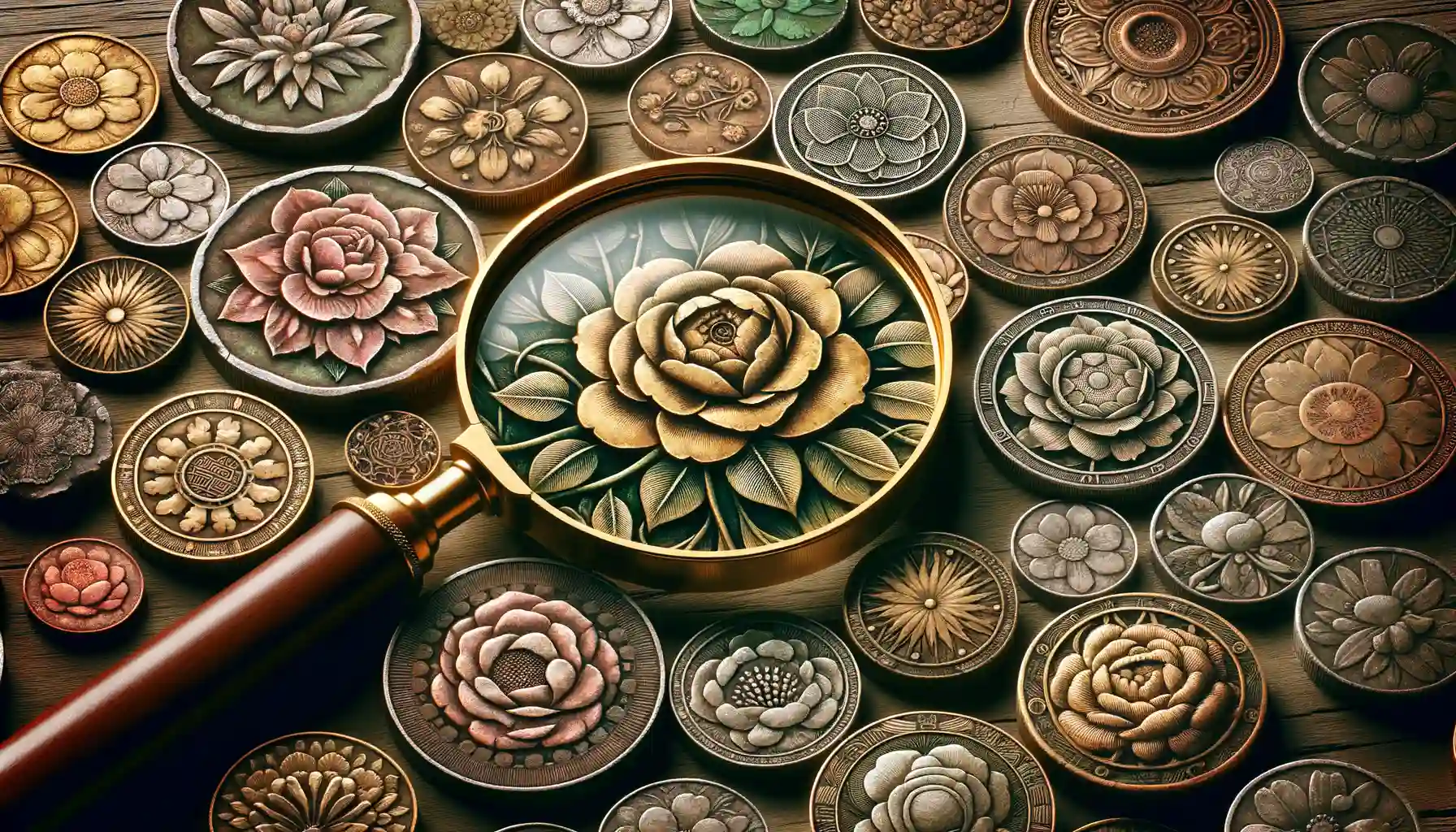
Blossoms on Ancient Coins: A Journey Through Time
Flowers have whispered their stories on coins for centuries, carrying messages of power, love, and nature’s bounty. Imagine holding an ancient Greek coin featuring a delicate lotus flower, its petals symbolizing purity and rebirth. It’s not just metal—it’s a window into the beliefs and imagery of the past. From Asia to Europe, flowers weren’t just decoration; they spoke of empires, gods, and cultural identities.
In medieval India, the lotus reigned supreme, gracing coins as a sacred emblem of spirituality and enlightenment. Flash forward to the Renaissance period, and you’d find intricately carved floral motifs on European coins—tiny works of art celebrating both botanical beauty and regional pride.
- The cherry blossoms etched onto Japanese coins embody the fleeting beauty of life.
- Tulip designs in 17th-century Dutch coins reflect the infamous Tulip Mania era.
Each petal stamped into a coin bore layers of meaning, whether political or poetic. These were more than currency—they were storytellers, carrying whispers of historical eras, crafted as timeless as the flowers they immortalized.
Modern Trends in Celebrating Nature on Currency
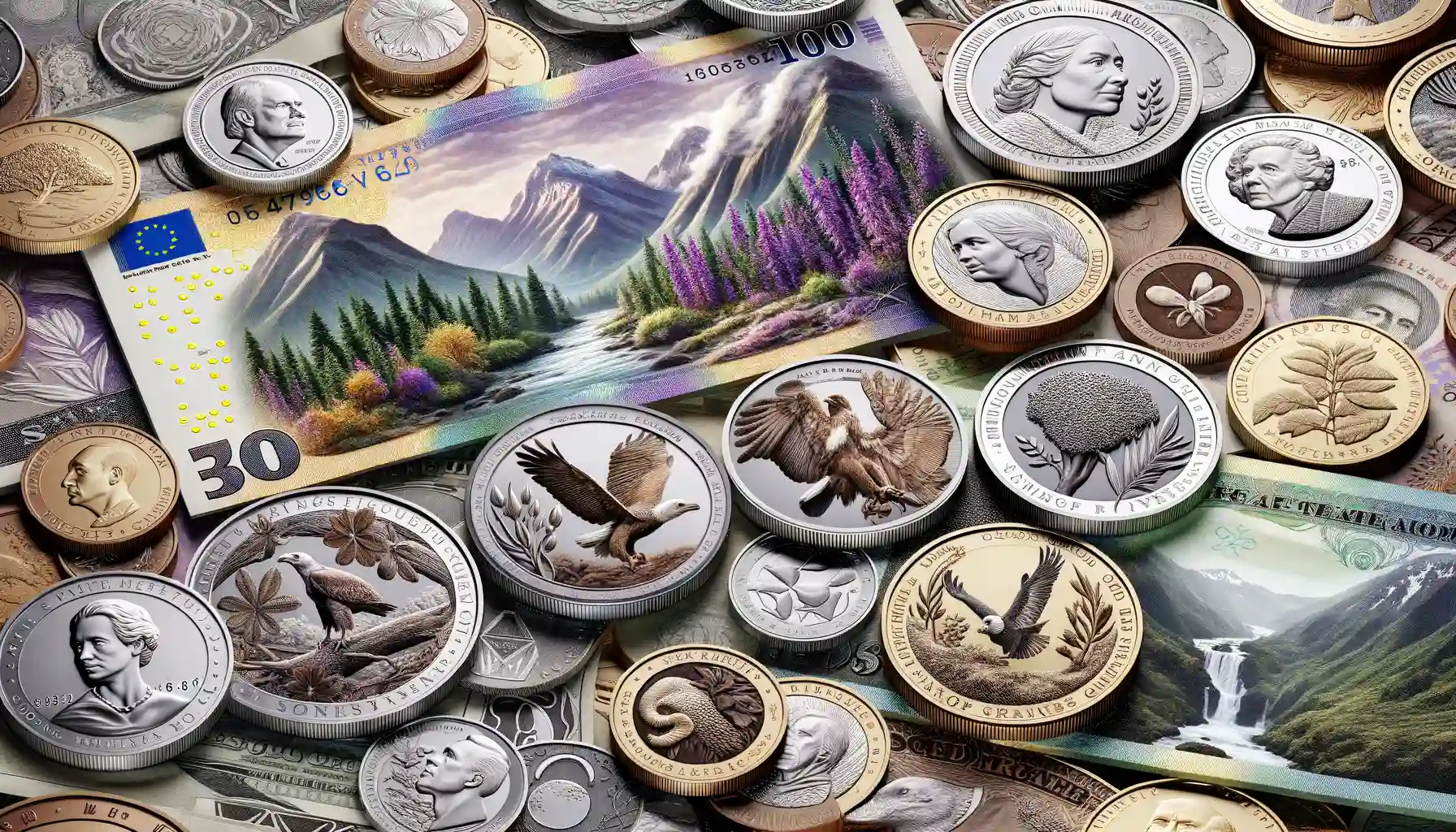
Nature Blossoms on Modern Currency
What’s the first thing that comes to mind when you think of currency? Numbers, faces of leaders, maybe geometric patterns? Now imagine a burst of petals, a winding tree branch, or a field of wildflowers gracing that same canvas. Sounds refreshing, doesn’t it? Modern currency design is embracing nature like never before, with flowers often stealing the show in ways that are nothing short of poetic.
Why are they doing this, you ask? For one, global designs are moving toward celebrating sustainability and biodiversity. Take the stunning 50-ruble note from Belarus, with its intricate lily of the valley, or the Norwegian kroner featuring a simple Nordic wildflower – these designs whisper of ecosystems cherished by their respective nations.
- Vivid color palettes: Designers now use bright hues to mimic the vibrancy of real-life flora.
- 3D textures: Ever traced your finger over a coin and felt the crisp veins of a leaf?
- Endangered species: Some notes highlight rare flowers in hopes of sparking conservation efforts.
This is currency with a purpose – beauty that invites reflection. It’s no longer just “money”; it’s a bouquet in your pocket!

